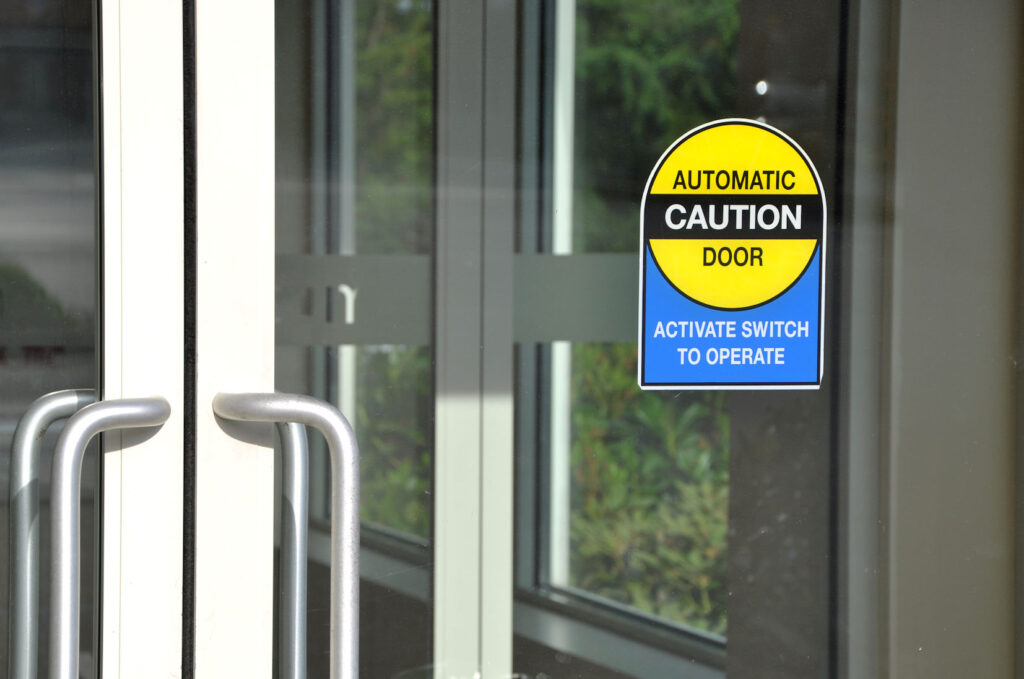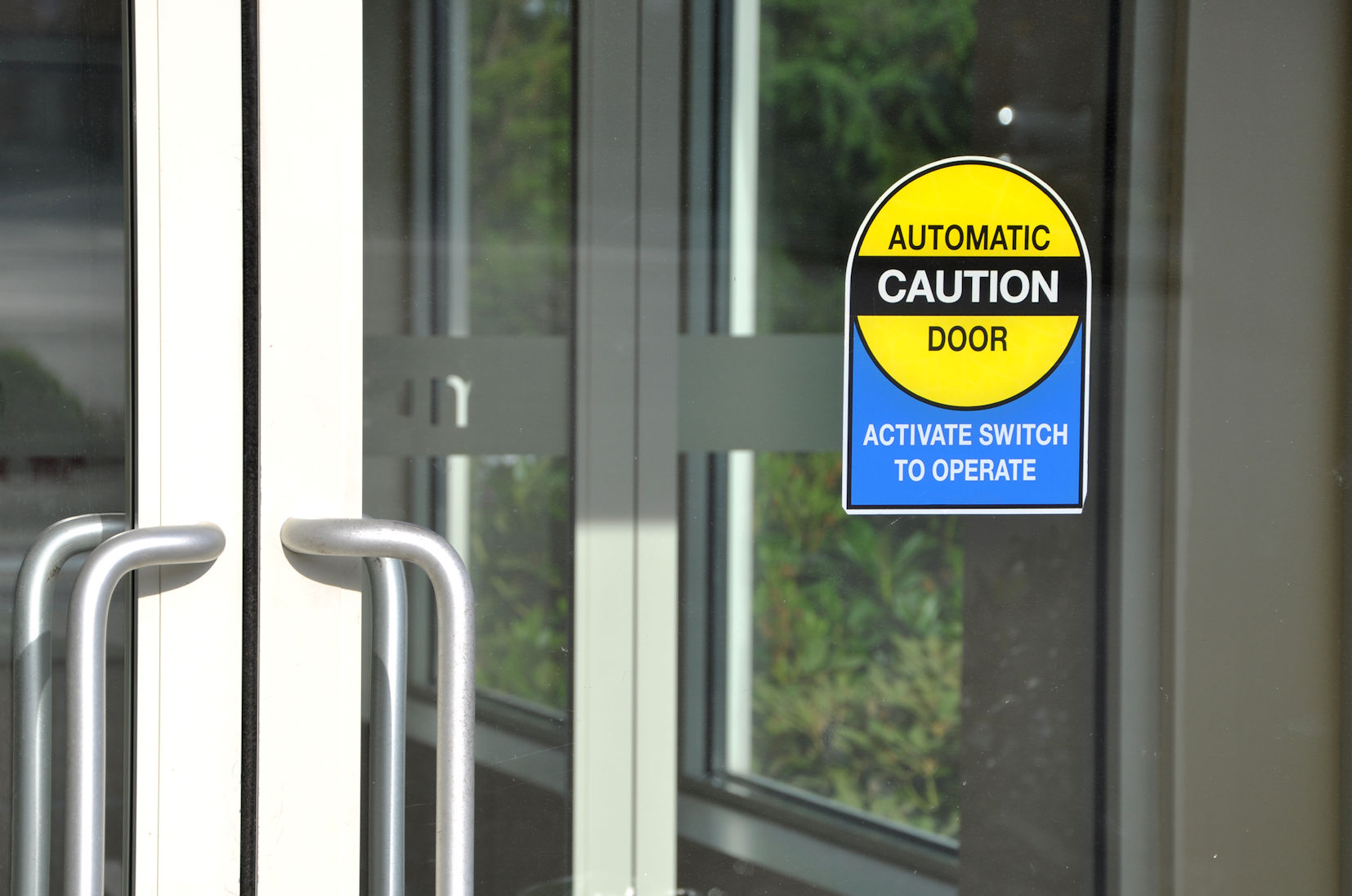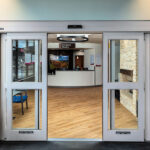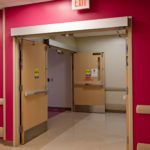 When I teach or write about code requirements, I typically refer to model codes such as the International Building Code (IBC), International Fire Code (IFC), and NFPA 101 – Life Safety Code. These codes are used as the base codes for adoption in most U.S. states, often with modifications that address issues specific to the state or local jurisdiction. I can’t possibly keep up on all of the modifications for every state, so I rely on Allegion’s ACE Network to be the local experts.
When I teach or write about code requirements, I typically refer to model codes such as the International Building Code (IBC), International Fire Code (IFC), and NFPA 101 – Life Safety Code. These codes are used as the base codes for adoption in most U.S. states, often with modifications that address issues specific to the state or local jurisdiction. I can’t possibly keep up on all of the modifications for every state, so I rely on Allegion’s ACE Network to be the local experts.
With that said, I ran across a change recently that I want to point out because it supports my theory that we are going to be seeing a lot more automatic doors going forward. Hopefully you have read about the change to the 2021 IBC that requires automatic doors on accessible public entrances (if not, here’s a Decoded article about it). Technically, this requirement does not go into effect until the 2021 IBC is adopted in a project’s jurisdiction, but we need to start preparing for it now.
Case in point – I recently received an email from an AHJ in New Hampshire, who was trying to help a small business owner in his jurisdiction. The business needed an automatic door for the main entrance, and the owner was looking for some assistance in coordinating the operator with their access control system. I asked the AHJ what was motivating the mandate for the auto operator, as the state had not yet adopted the 2021 IBC. Even if the 2021 IBC was the current code for New Hampshire, the small business occupancy would not be required by that code to have an automatic door.
The AHJ sent me a link to the New Hampshire Building Code, which is based on the 2018 edition of the IBC – this edition of the IBC does not require automatic operators for accessible public entrances. BUT…New Hampshire has modified the code to expand the occupancy types where automatic doors are required.
The text of the New Hampshire code is below, but in a nutshell, it requires at least one of the required accessible public entrances to have an automatic door in assembly, educational, most institutional (I-1, I-2, and I-3), and some residential occupancies (R-1 and R-2), regardless of the occupant load. In addition, business and mercantile occupancies of 1,000 net square feet or more must have an automatic door on at least one of the required accessible public entrances (this also applies to the nonresidential portion of live/work units). Based on ICC A117.1 which is referenced in the NH Building Code, I believe the intent would be that if the entrance has a vestibule, at least one exterior and one vestibule door would require an automatic operator.
The bottom line here is that the need for automatic doors is growing, whether it is because they are required by code or because it’s just the right thing to do in order to help make buildings accessible for all. Overlooking a requirement for operators could be a very costly error to resolve, and could also impact the project schedule.
Here is the NH code language for reference:
1105.1 Public entrances. In addition to accessible entrances required by Sections 1105.1.1 through 1105.1.79, at least 60 percent of all public entrances shall be accessible.
[Exceptions and Sections 1105.1.1 through 1105.1.7 are unchanged]
1105.1.8 At least one of the required accessible public entrances in Groups A, E, I-1. I-2, I-3, R-1 and R-2 shall be equipped with either full power-operated or low energy power-operated automatic doors in compliance with ICC A117.1.
1105.1.9 At least one of the required accessible public entrances in Groups B and M greater than or equal to 1,000 net square feet (93 m2) in size, and the nonresidential portion of live/work units per Section 419 greater than or equal to 1,000 net square feet (93 m2) shall be equipped with either full power-operated or low energy power-operated automatic doors in compliance with ICC A117.1.
1105.1.9.1 Required accessible public entrances in Groups B and M less than 1,000 net square feet (93 m2) in size and the nonresidential portion of live/work units per Section 419 less than 1,000 square feet (93 m2), where automatic doors are not provided, an electric signaling device to alert the owner of a presence at the door shall be provided.
Does your state or local jurisdiction mandate automatic operators? I’d love to hear about the local requirements!
You need to login or register to bookmark/favorite this content.










In Canada, there is a Mandatory requirement for any Business that has more than 3000 Sg Ft of Floor Space for Retail use, Restaurants that are at Ground Level or those on levels above the Ground Level equipped with a Building Elevator are required to have ab Accessible Door Operator. The above businesses are also required to provide an Accessible Washroom for these persons.
Multi-Residential Buildings, New Must have Accessible Door Operators on the main entrance, as well as any Common Areas that Have Doors to access them. They must also provide an elevator for any building over 1 Story In Height.
Existing Multi-Residential Buildings, are required, to do the same, if a resident requires these devices.
As for connecting into existing Access Control/Intercom Systems, we use a Multi-Function relay to allow the doors to be secured from the outside. These Relays allow the Interior Switch to unlock the Door, then activate the Door Operator. The Exterior Switch only works after the Access Control System unlocks the door.
I always provide the power to the locking devices, as this keeps the trouble shooting to the basics, and the customer does not need to pay for both ourselves and the access control company to be there at the same time.
That’s great info, Jim – thanks!
– Lori